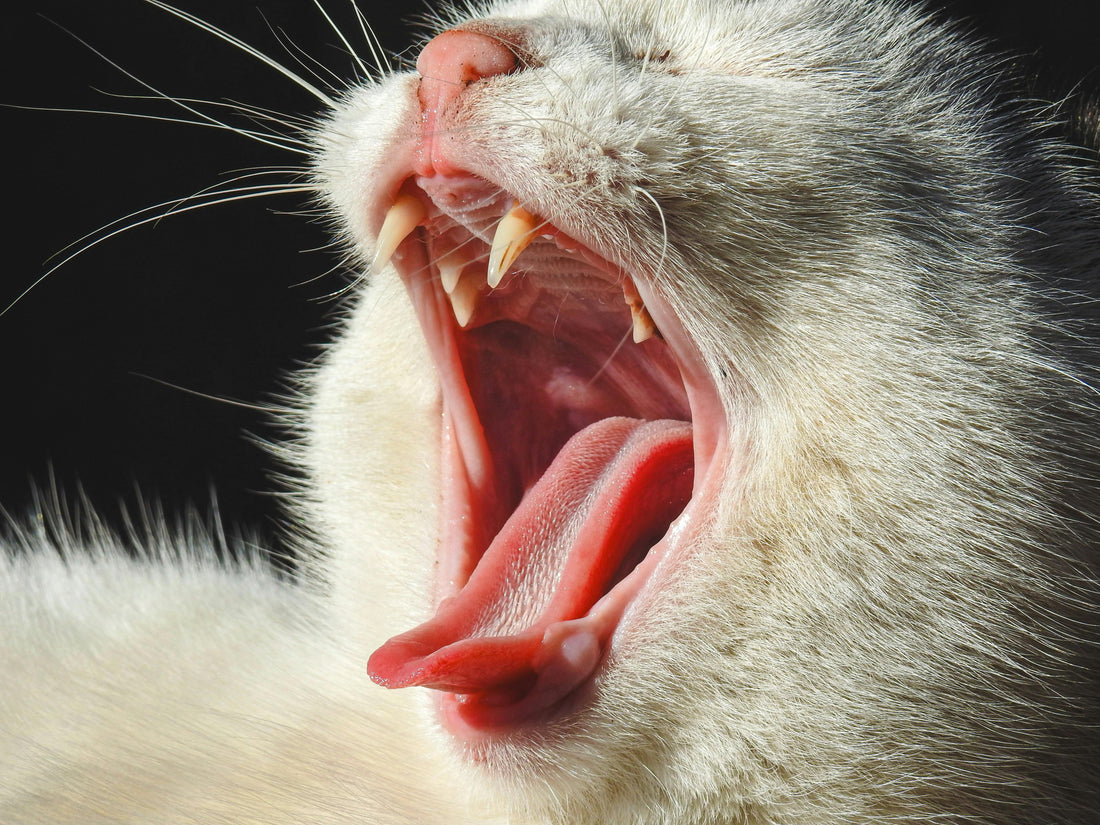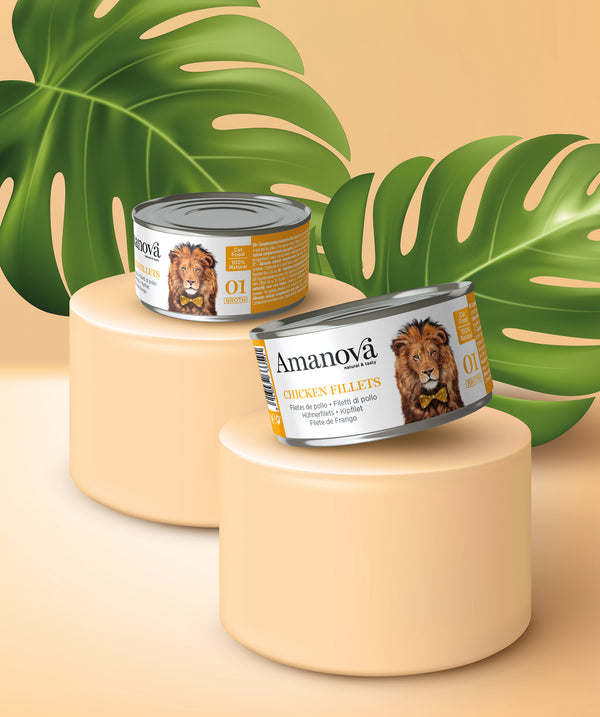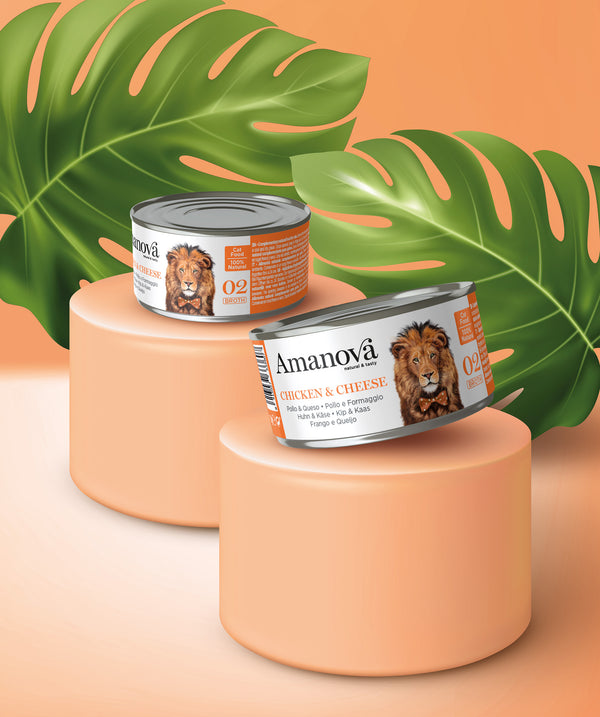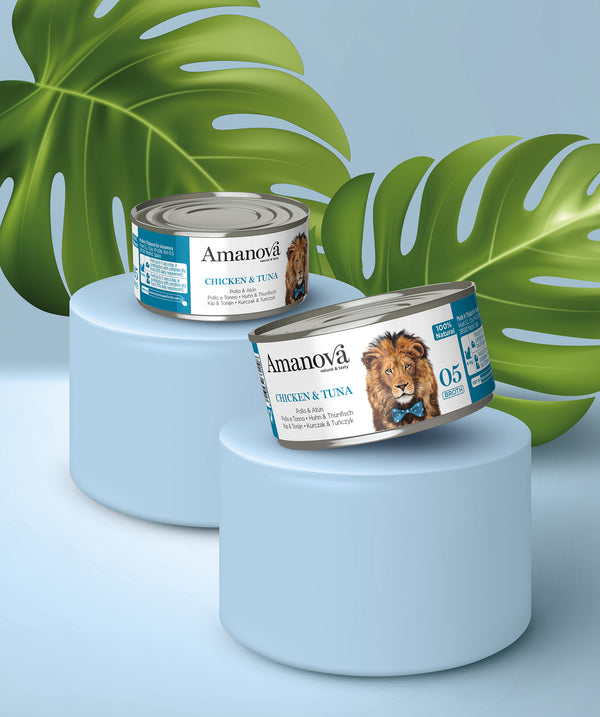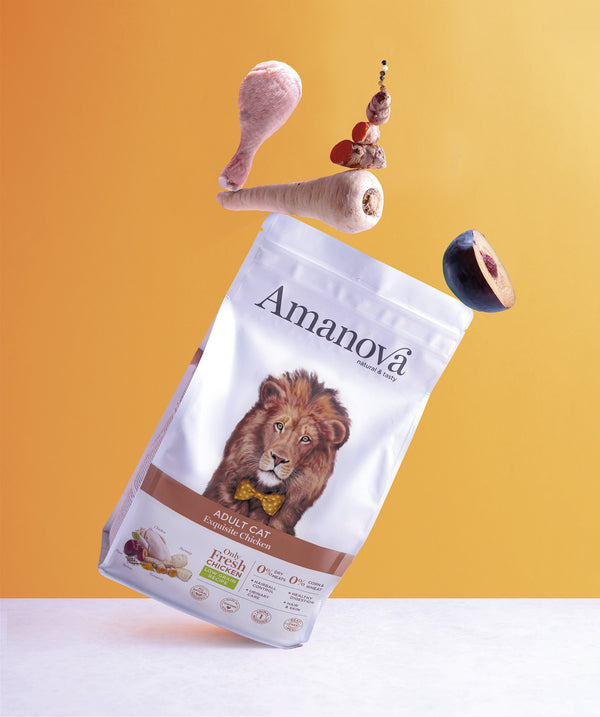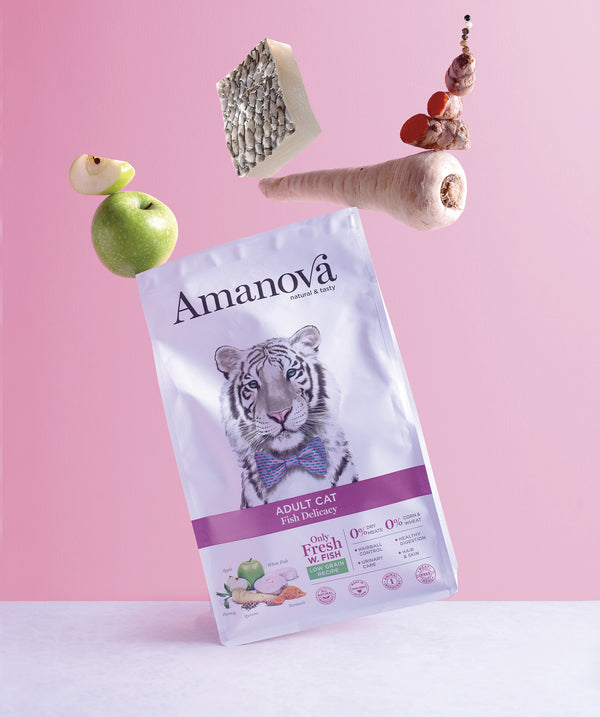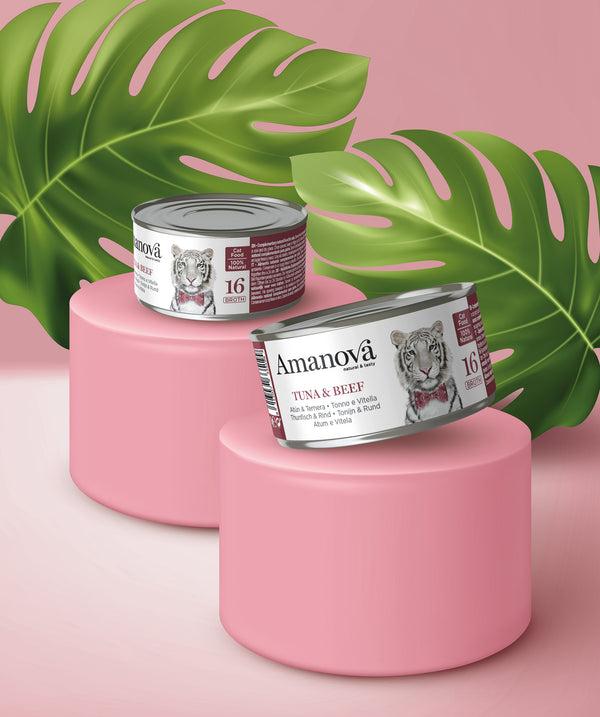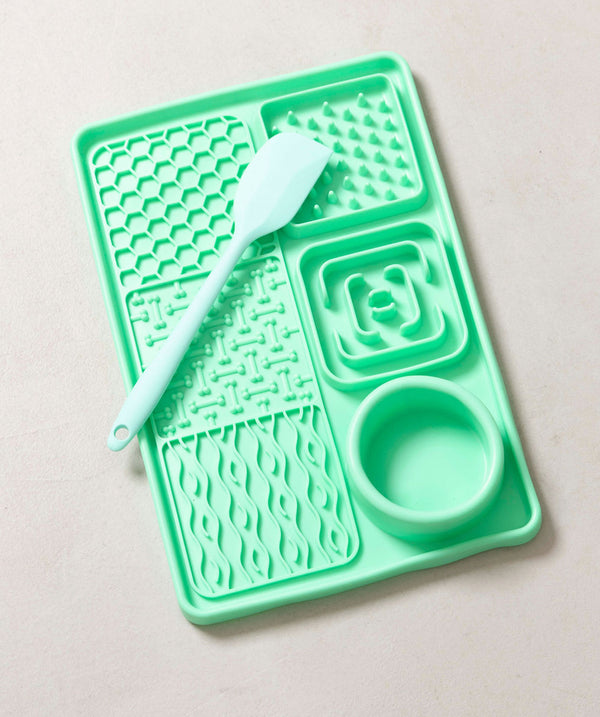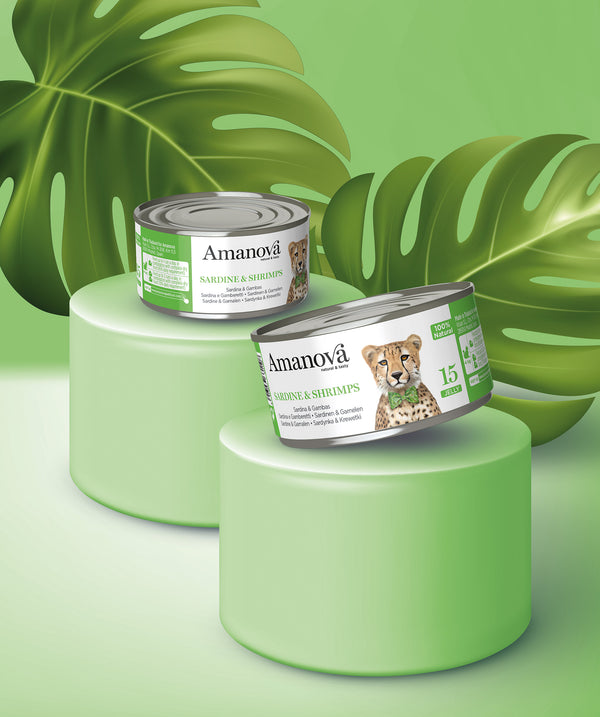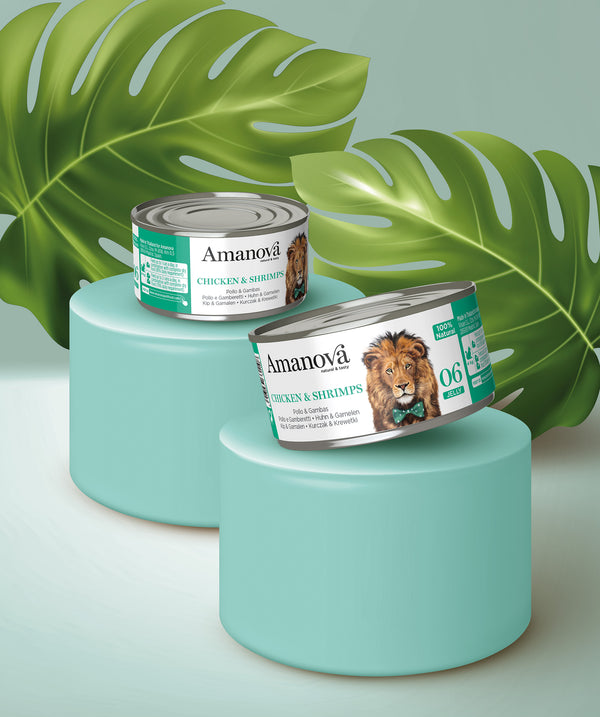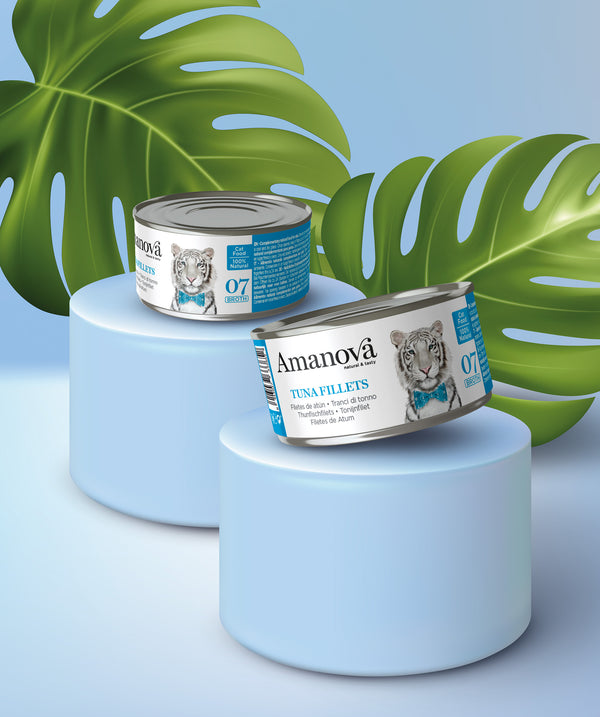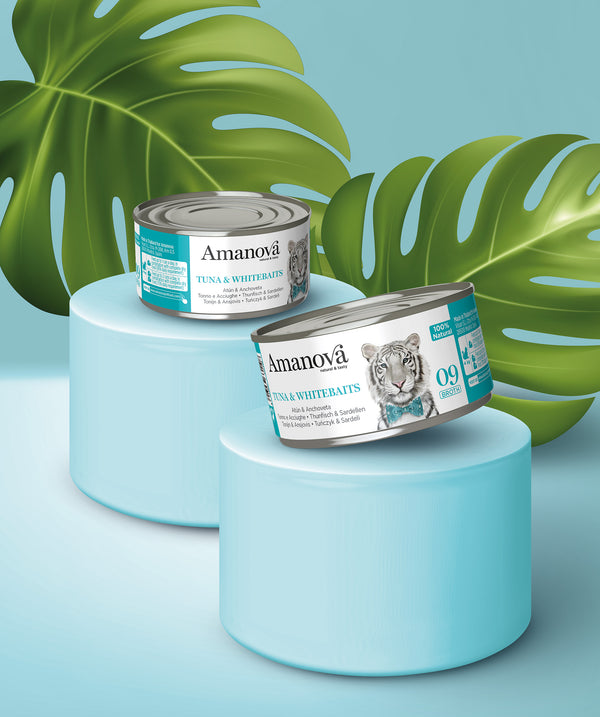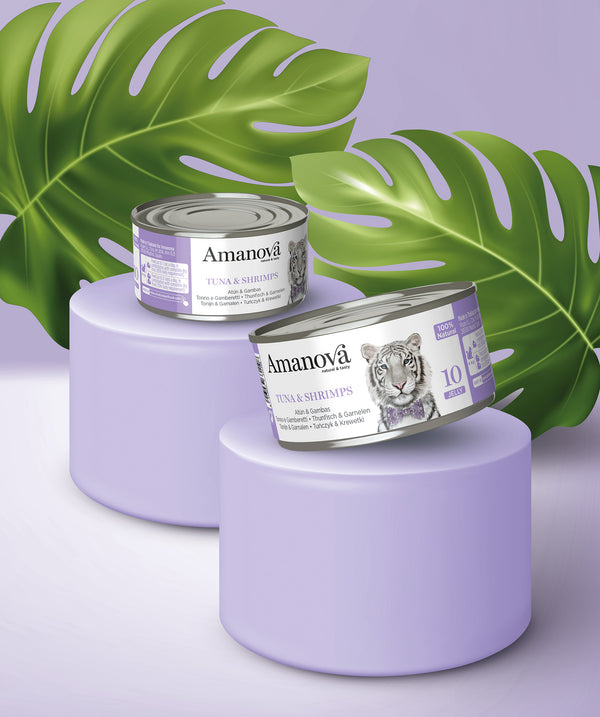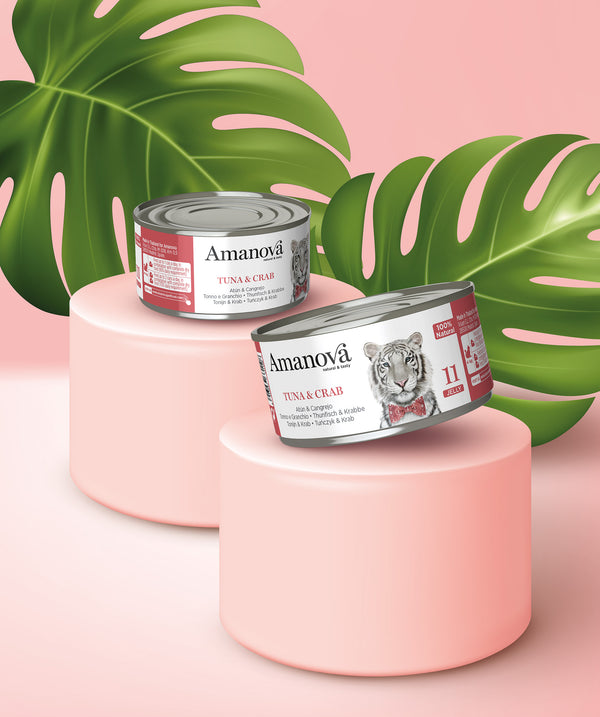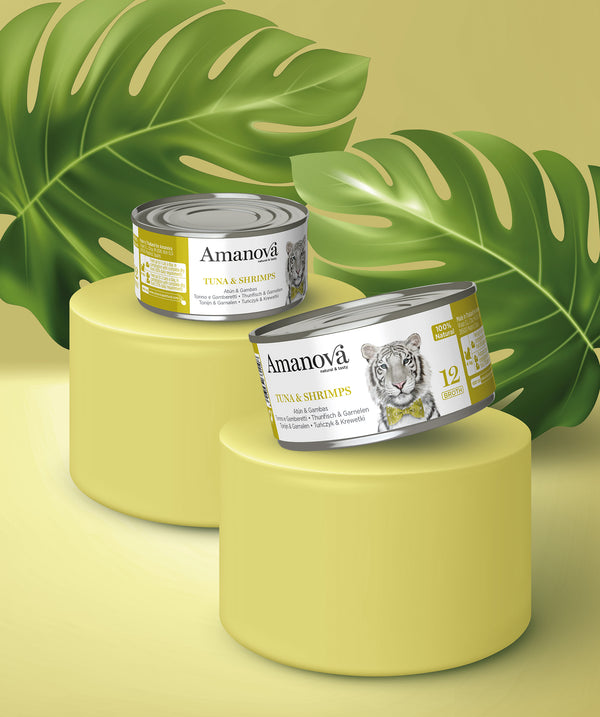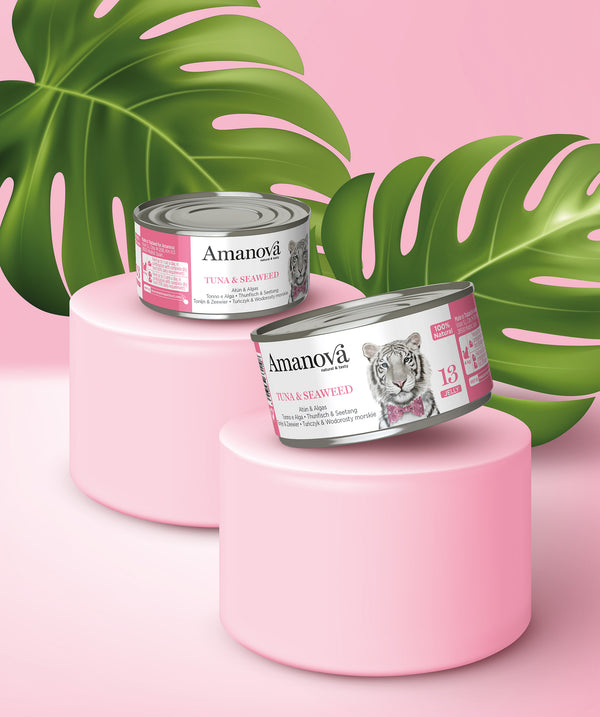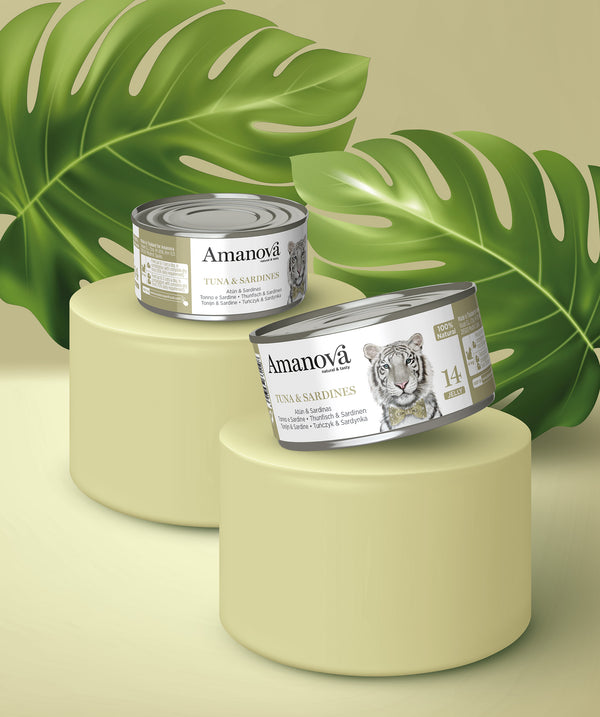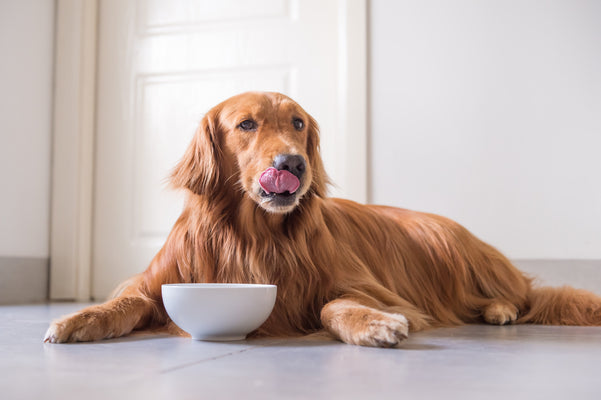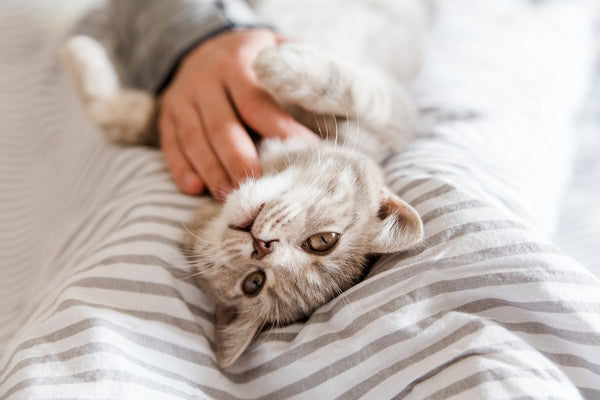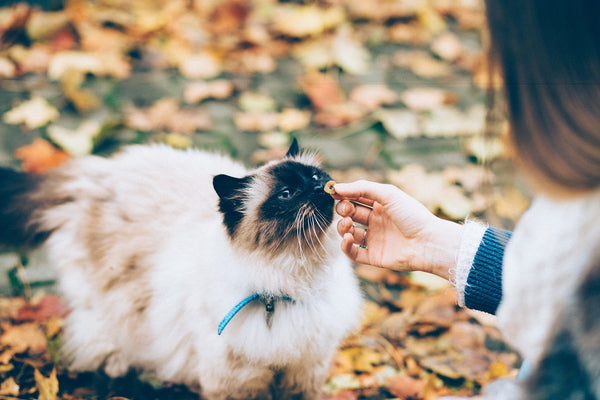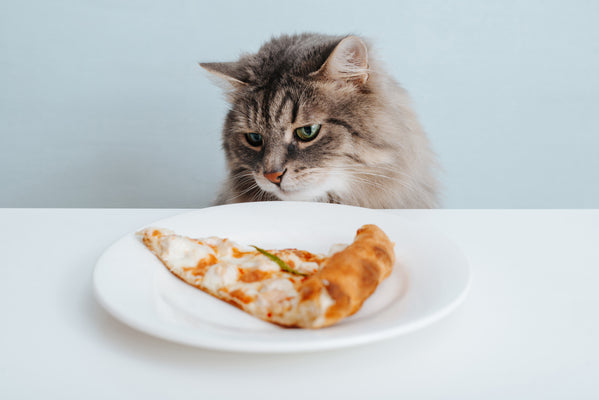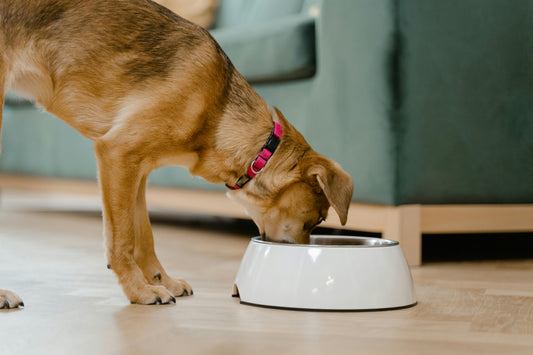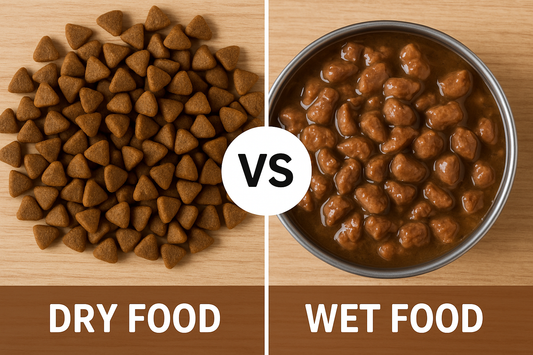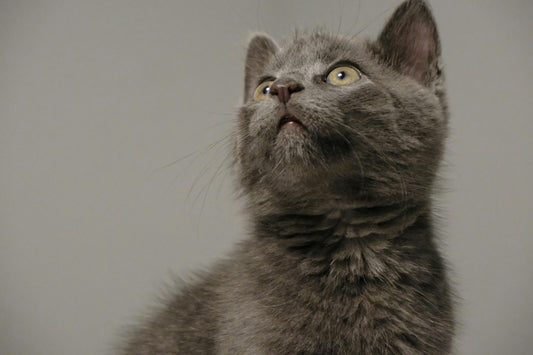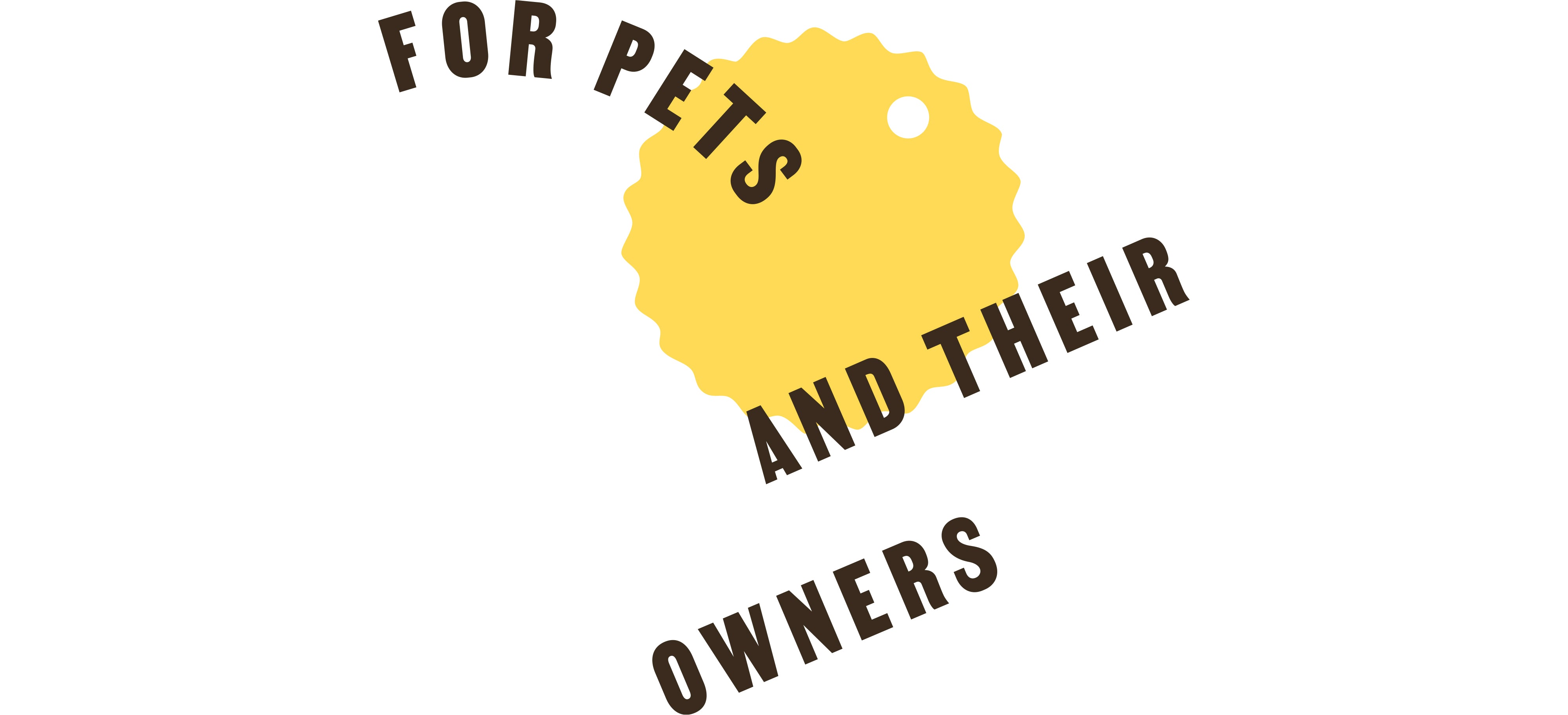Although often overlooked, a cat’s teeth are vital tools for its survival, hygiene, and overall well-being. From hunting to chewing or self-defense, each tooth plays a specific role in daily life. Understanding their dental structure is key to identifying problems early and maintaining oral health from a young age.
How many teeth does a cat have?
At birth, kittens have no teeth, but they quickly begin developing their first set. These temporary teeth — also known as baby or deciduous teeth — appear within the first few weeks of life, totaling 26 teeth. This first set allows them to start eating soft foods while preparing for their permanent teeth.
When a cat reaches adulthood, its mouth contains 30 permanent teeth. This final dentition includes incisors, canines, premolars, and molars — each adapted to their carnivorous needs. A lower number or irregular count may indicate developmental issues or tooth loss due to disease.
Adult cat teeth (permanent dentition)
A healthy adult cat has a perfectly structured set of teeth for cutting, tearing, and chewing. The sharp, prominent canines allow them to grip prey or toys, while the premolars and molars perform a more mechanical function during chewing. Although cats don’t chew like humans, these teeth help them break down food into smaller pieces.
It’s important to examine their mouth regularly, as many dental diseases begin silently. Tartar buildup, inflamed gums, or tooth loss can affect their quality of life and behavior. A proper diet, dental toys, and regular cleanings are essential to prevent these problems.
Interesting facts about cats and their teeth
- They don’t have flat molars like humans — their teeth are designed for cutting and tearing, not grinding.
- Their canines are connected to sensitive nerve endings, allowing them to detect textures and movement in their prey.
- Cats can lose teeth without obvious symptoms, which is why dental check-ups are important even when no signs are visible.
- They may prefer food of a certain size or texture depending on the health and condition of their teeth.
- Some cats are born with congenital dental malformations, such as retained teeth or crossbites.
Structure of a cat’s dentition
How is the dental formula distributed?
The dental formula for adult cats is expressed as: 3/3 incisors, 1/1 canines, 3/2 premolars, and 1/1 molars in both the upper and lower jaws. This makes a total of 30 teeth, symmetrically divided on both sides of the mouth.
- Incisors (12 in total): The smallest teeth, located at the front, used for cutting and scraping.
- Canines (4 in total): The long, curved fangs used to capture and hold prey.
- Premolars (10 in total): Located behind the canines, they help tear and slice food.
- Molars (4 in total): Found at the back, their role is to crush food, although limited due to the cat’s carnivorous diet.
What are a cat’s fangs?
The canines, or fangs, are the longest and most visible teeth in a cat’s mouth. They are designed to pierce, grip, and tear — whether food, toys, or even during social or defensive interactions.
They are so important that even domestic cats use their fangs to express dominance or warning. In wild cats, these teeth are essential for hunting. At home, they reflect their natural instincts, which is why keeping them healthy and preventing fractures or infections is vital to avoid pain or loss of appetite.
Development and replacement of cat teeth
When do baby teeth appear?
Baby teeth begin to emerge around the second or third week of life. The incisors appear first, followed by the canines and finally the premolars. In total, kittens develop 26 temporary teeth, which help them transition from liquid to soft solid food.
During this stage, kittens often bite soft objects or even their littermates as a way to explore and relieve teething discomfort. However, this process should be monitored to detect delays or abnormalities.
When are they replaced by permanent teeth?
Between 12 and 16 weeks of age, baby teeth start falling out gradually to make way for the permanent set. This process can last up to six months and often goes unnoticed, though some kittens may experience mild discomfort or a temporary loss of appetite.
It’s important to watch for any baby teeth that don’t fall out, as they can interfere with the eruption of permanent teeth. This condition, known as retained deciduous teeth, can cause misalignment or infections if left untreated.
Once the replacement process is complete, the cat will have 30 permanent teeth that must be cared for through proper diet, regular veterinary check-ups, and oral hygiene products to prevent common issues such as gingivitis or tartar buildup.
Tips for caring for your cat’s teeth
- Introduce dental care early: the sooner your cat gets used to having its mouth handled, the easier it will be to maintain oral hygiene over time.
- Use toothbrushes and toothpaste made specifically for cats: never use human products. Cat toothpaste is non-toxic if swallowed and comes in flavors they enjoy.
- Offer food that promotes chewing: high-quality dry food with the right size and hardness helps reduce plaque buildup.
- Include dental treats or specific toys: some snacks and chew toys are designed to massage gums and prevent tartar in a fun way.
- Check their mouth frequently: look for bad breath, swollen gums, broken teeth, or bleeding — all signs that require veterinary attention.
- Schedule professional cleanings if needed: some cats build up tartar easily and may require periodic veterinary cleanings under sedation.
- Watch for behavioral changes: if your cat avoids eating, chews on one side, or seems irritable, it may have oral pain. Don’t ignore it.
Beyond hygiene and regular check-ups, diet plays a crucial role in dental health. At OnlyFresh, you’ll find cat food made with ingredients that promote proper chewing, reduce tartar formation, and support healthy gums — because a healthy mouth starts with what they eat.
